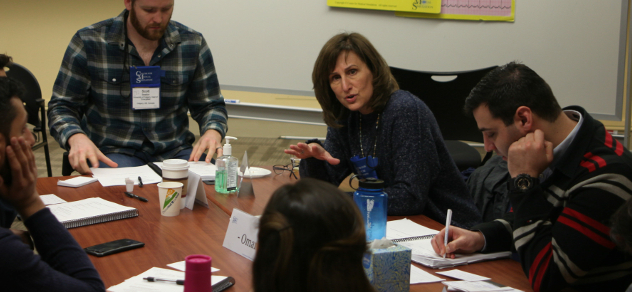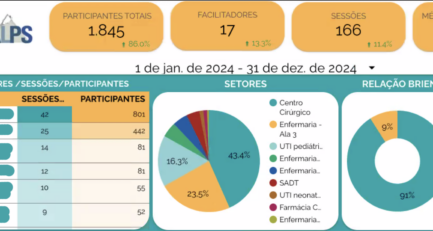
Healthcare educators often struggle to find the “opening lines” for a new topic they wish to discuss in a debriefing or feedback conversation. Being uncertain how to structure the conversation can add cognitive load such that it’s difficult to make your point or hear what learners are saying. As we’ve worked with hundreds of simulation educators, we developed a mnemonic to help us all remember how to put together a cogent set of opening lines to get a new topic going.
Practitioners of Debriefing with Good Judgment© use advocacy-inquiry as a conversational strategy to explore what trainees were thinking during specific points in simulations. Advocacy, in this context, means (1) clearly stating your observation and (2) your perspective about the observation, understanding that you may not be correct in your assessment. The inquiry is an open-ended invitation for the receiver to share their perspective on the topic.
As the use of has A/I evolved within Debriefing with Good Judgment, it’s been paired it with another strategy: Previewing. Previewing, also known as “framing” is a way of signposting where you’d like to take a conversation. Finally, as in any meaningful conversation, listening to understanding the perspective of the other is key to moving forward.
As a way to support those who are learning and developing their advocacy-inquiry skills, we developed the mnemonic PAAIL:
Preview: State what you’d like to talk about
Advocacy1: I saw – state what was observed, in objective terms
Advocacy2: I think – your perspective and the impact of the observed behavior
Inquiry: I wonder – ask the receiver what was on their mind at the time
Listen: To understand the frames behind the observed action
Here’s an example of this conversation strategy being used in debriefing following an interprofessional team simulation:
P: Sue, I’d like to talk to you about how you managed the Team Leader role
A1: I saw that you moved from your position at the foot of the bed to help with bag-
valve-mask ventilations.
A2: It seems to me that when the team leader gets involved in tasks, it’s a lot harder for
them to maintain the high-level coordination that’s needed to guide the team.
I: What was on your mind at the time?
L: Listen to Sue’s response to understand her motivation in helping with ventilations
PAAIL is a useful mnemonic and cognitive aid for debriefers and others who engage in learning conversations in any setting.

